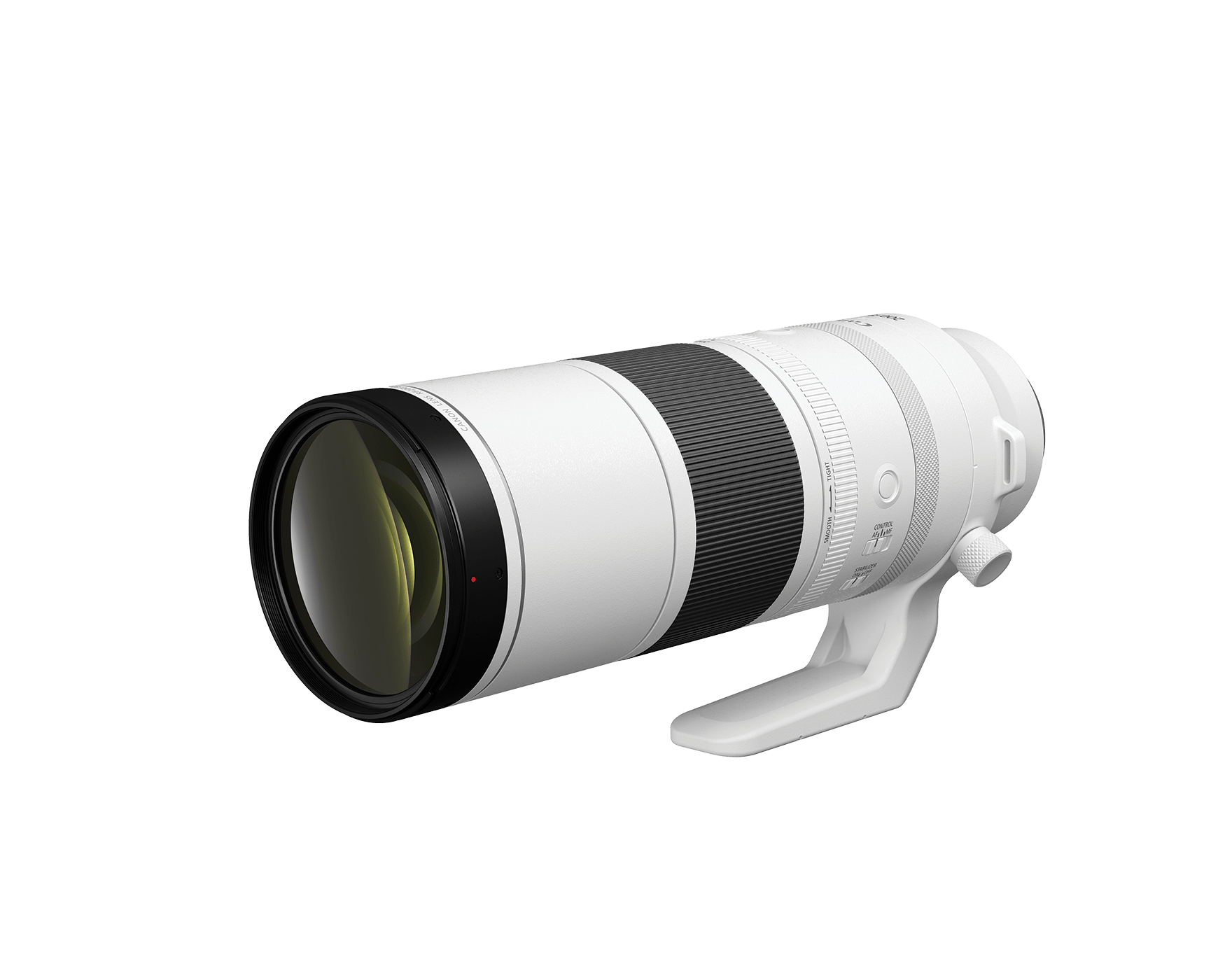Here is a Canon EOS R8 review by our favourite gear reviewer. Canon EOS R8…
Sony a7 IV vs Canon EOS R6 Full Comparison Review (for photography and video)
Here is a new Sony a7 IV vs Canon EOS R6 comparison review. Maybe the most exhaustive comparison review we ever featured.
Sony a7 IV at a glance:
- 33MP Full-Frame Exmor R CMOS Sensor
- Up to 10 fps Shooting, ISO 100-51200
- 4K 60p Video in 10-Bit, S-Cinetone
- 3.68m-Dot EVF with 120 fps Refresh Rate
- 3″ 1.03m-Dot Vari-Angle Touchscreen LCD
- 759-Pt. Fast Hybrid AF, Real-time Eye AF
- Focus Breathing Compensation
- 5-Axis SteadyShot Image Stabilization
- Creative Looks and Soft Skin Effect
- 4K 15p UVC/UAC Streaming via USB Type-C
Canon EOS R6 at a glance:
- 20MP Full-Frame CMOS Sensor
- DIGIC X Image Processor
- 4K60p and FHD 120p 10-Bit Internal Video
- Sensor-Shift 5-Axis Image Stabilization
- 12 fps Mech. Shutter, 20 fps E. Shutter
- Dual Pixel CMOS AF II with 1053 Points
- 0.5″ 3.69m-Dot OLED EVF
- 3″ 1.62m-Dot Vari-Angle Touchscreen LCD
- Subject Tracking with Deep Learning
- Dual SD UHS-II Memory Card Slots
Coming from our friend Mat at Mirrorless Comparison, the Sony a7 IV vs Canon EOS R6 review doesn’t let a question unanswered. Don’t look further if you want to learn about how these two cameras compare. From Mat’ conclusion:
In terms of autofocus, the two cameras are on the same level. You need specific situations to see a small advantage for one or the other, but overall they deliver an excellent level of speed and precision, and a similar keeper rate.
The R6 maintains an advantage with in-body image stabilisation (photos especially) and continuous shooting speed. I also prefer the Canon ergonomics, although the Sony is much better than before, and offers more customisation.
Concerning image quality, the main difference is the higher resolution of the A7 IV, which adds a bit more noise at high ISO, but has nothing to fear when it comes to dynamic range.
Then, there is video, where I think the A7 IV has the edge. Not only does it deliver more latitude with HDR and Log profiles, but it also has more codecs to offer, higher bitrates and can record for longer without overheating. The latter remains Canon’s weakest point.
The only real advantage for the R6 when it comes to movies is the possibility to record 4K 60p with a small sensor crop, whereas you need to accept a 1.5x crop on the A7 model.
Read the full review at Mirrorless Comparison.

You can dive into the Sony a7 IV vs Canon EOS R6 comparison also by watching the video-version of the review. The video review comes in two parts, the first comparing both cameras for photography, the second for video making. Enjoy.
More Sony a7 IV vs Canon EOS R6 comparisons are listed here.





